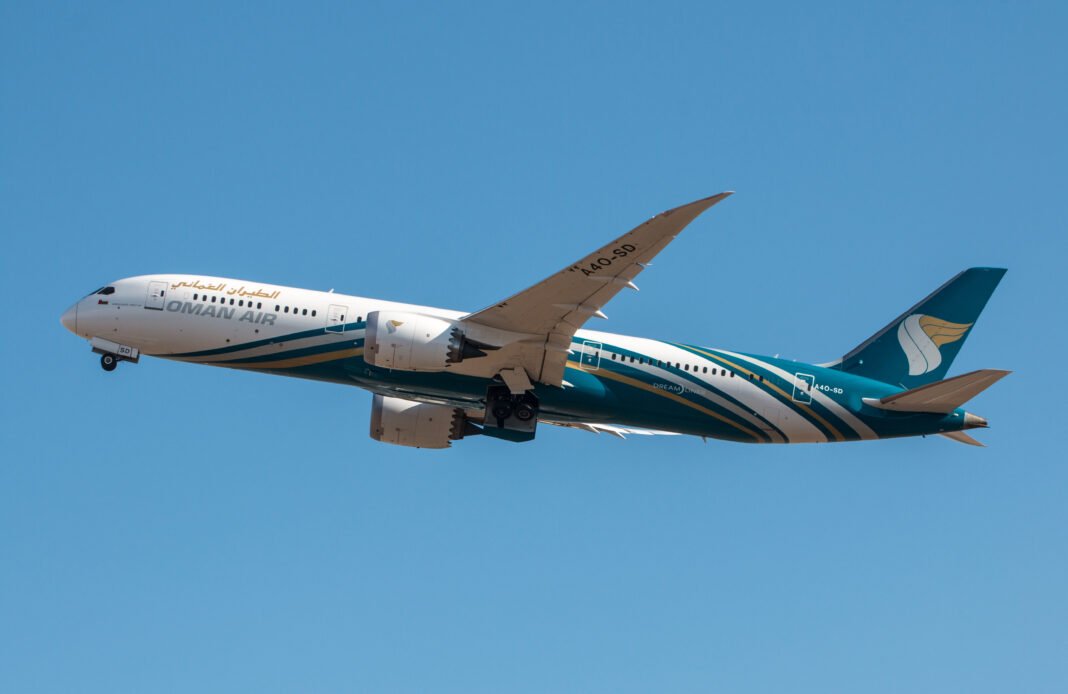Oman continues to reshape its aviation sector. Oman Air and Oman Airports recently shared major updates during a press conference in Muscat. Together, they introduced key achievements and future plans focused on Oman aviation growth.
The event was led by the Minister of Transport, who also chairs both companies. He highlighted their teamwork as a model of national progress. According to him, collaboration between the two supports Oman Vision 2040 and ensures global competitiveness. This partnership drives long-term advancement of Oman’s air transport sector.
Oman Air reported strong financial and operational results. It recorded a 51% increase in EBITDA. At the same time, the airline transported over 5.4 million passengers. Its point-to-point traffic rose to 40%, up from 27% previously. These improvements reflect real progress in Oman’s aviation growth.
Moreover, the airline completed major structural reforms. These included cutting 13 aircraft, raising Omanisation to nearly 80%, and reducing expat staff by 487. These moves are expected to save OMR18 million every year. Such steps push forward the development of Oman’s aviation sector.
In addition, Oman Air supported staff during changes. It reassigned 74 Omanis, placed 87 in aviation roles, and offered severance to 293 employees. These actions reflect a people-first approach in the airline’s restructuring. Workforce development also supports sustainable Oman aviation growth.
Oman Air also reached new milestones in performance. It achieved 92% on-time performance and earned multiple global awards. Looking ahead, the airline will join the Oneworld Alliance and launch flights to Amsterdam. Flights to London and Moscow will increase as well. These expansions support the continued success of Oman aviation growth.
Meanwhile, Oman Airports is modernizing its systems. It launched a digital plan to improve passenger service. The plan includes baggage self-drop, crowd control tools, and live operational dashboards.
Financially, Oman Airports had its best EBITDA result. Profits rose by 15%, and total revenue reached OMR142.6 million. Muscat Airport served 12.9 million passengers. Salalah Airport traffic rose 17% above pre-pandemic levels. These figures are key indicators of Oman aviation growth.
Workforce efforts also advanced Omanisation goals. Oman Airports hired 357 locals to replace expatriates. It also absorbed 71 ex-Oman Air employees and created 67 jobs for parking operations. When a ground handling firm exited, 227 jobs were saved. All of this supports the human capital side of Oman aviation growth.
Despite a few challenges, officials are confident about recovery. With more tourist visas and direct European flights to Salalah, growth will continue. These efforts all contribute to long-term Oman aviation growth.
Both companies remain focused on sustainability and partnerships. They continue to drive innovation while expanding Oman’s position in global aviation.
Finally, Oman Air confirmed price caps on Salalah–Muscat flights during Khareef. This move supports domestic tourism and ensures affordability. It also reflects the broader commitment to Oman aviation growth.





